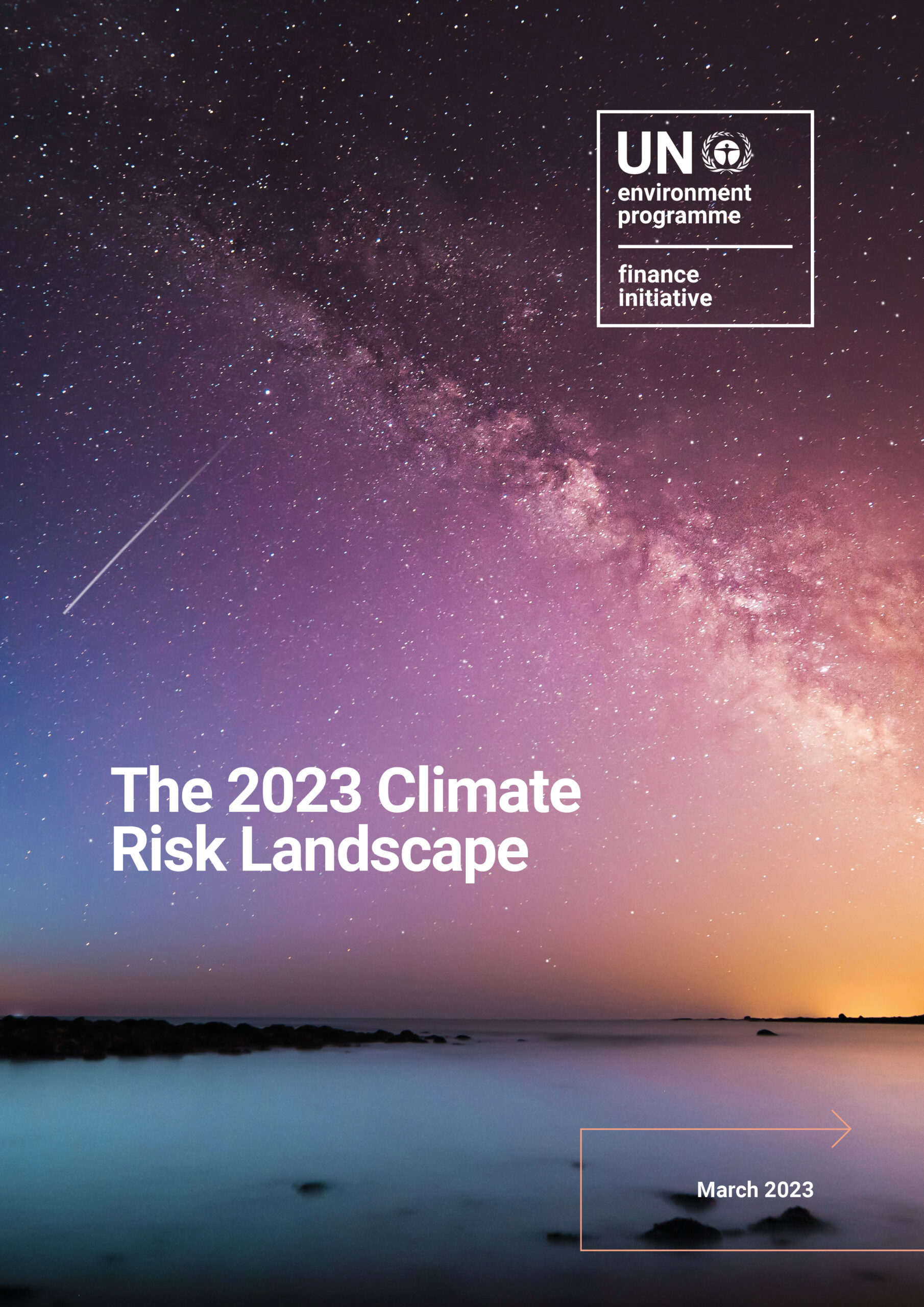The “Circular Economy as an Enabler for Responsible Banking” series of resources helps banks operationalise the interlinkages between the circular economy and climate, nature, pollution and healthy and inclusive economies. It provides actions for banks to move from setting sustainability targets to implementation, emphasising the integration of circular economy principles in their lending and investment decisions for high impact sectors.
The global textile sector is one of the most polluting industries in the world and significantly contributes to climate change, with around 70 per cent of environmental impacts originating from upstream activities like raw materials extraction and production, and 30 per cent from downstream retail operations and use-phase activities.[1] Moving to circular textile business models not only offers significant potential to decarbonise the sector, it could also generate USD 700 billion in economic value by 2030.[2]
A sectoral supplement to the climate-focused “Circular Solutions to Achieve Climate Targets”, this paper is designed to assist signatories to the Principles for Responsible Banking and net-zero committed financial institutions in integrating circular solutions in the textile sector as part of their climate transition plans to achieve net zero emissions or climate mitigation targets, though a reduction of their financed emissions and through transition finance strategies. Further, it explores specific areas of action in internal policies and processes, client engagement, portfolio composition and financial flows, and advocacy and partnerships.
The climate-focused report and sectoral supplements follow the initial report “Leveraging the Nexus between Circularity and Sustainability”. This paper is aimed at setting the scene and providing a general overview on operationalising the interlinkages between circular economy and climate, nature, pollution, and healthy and inclusive economies.
- Access the other sectoral supplement on the building & construction sector here.
These new resources set out practical guidance for signatories to the Principles for Responsible Banking to move from target-setting for sustainability objectives to delivering on their commitments. The Principles for Responsible Banking are a unique framework for ensuring that signatory banks’ strategy and practice align with the vision society has set out for its future in the Sustainable Development Goals and the Paris Climate Agreement.
[1] McKinsey & Company, 2020. Fashion on Climate: How the Fashion Industry Can Urgently Act to Reduce its Greenhouse Gas Emissions. Available at: mckinsey.com/~/media/mckinsey/industries/retail/our%20insights/fashion%20on%20climate/fashion-on-climate-full-report.pdf
[2] UNEP, 2020. Sustainability and Circularity in the Textile Value Chain: A Global Roadmap. Available at: oneplanetnetwork.org/sites/default/files/2023-10/Full%20Report%20-%20UNEP%20Sustainability%20and%20Circularity%20in%20the%20Textile%20Value%20Chain%20A%20Global%20Roadmap.pdf



